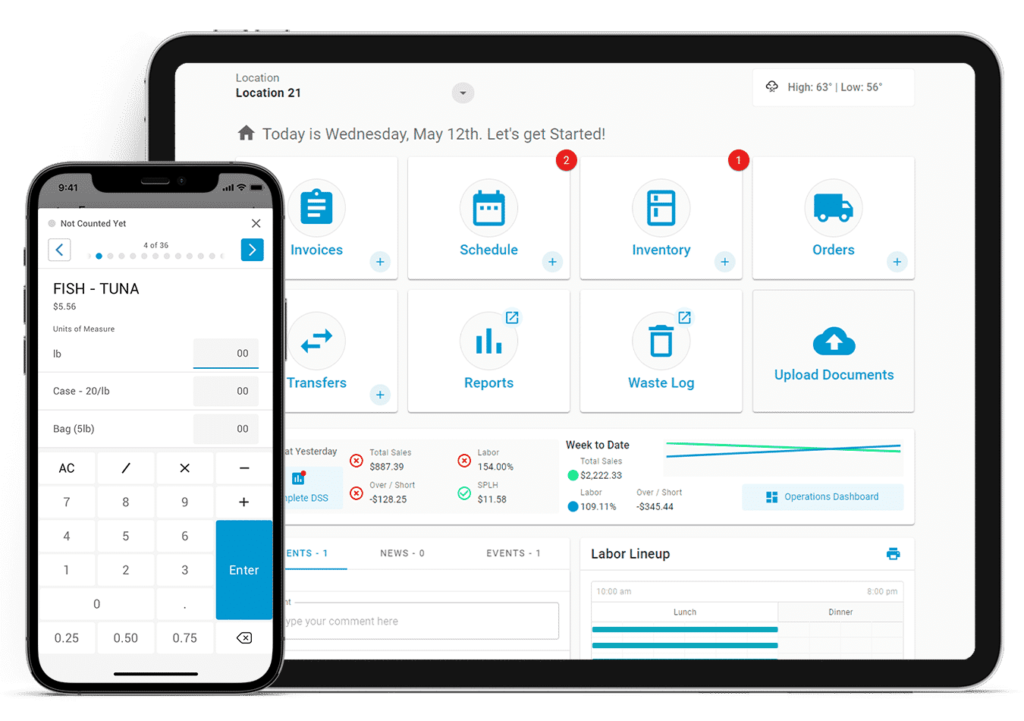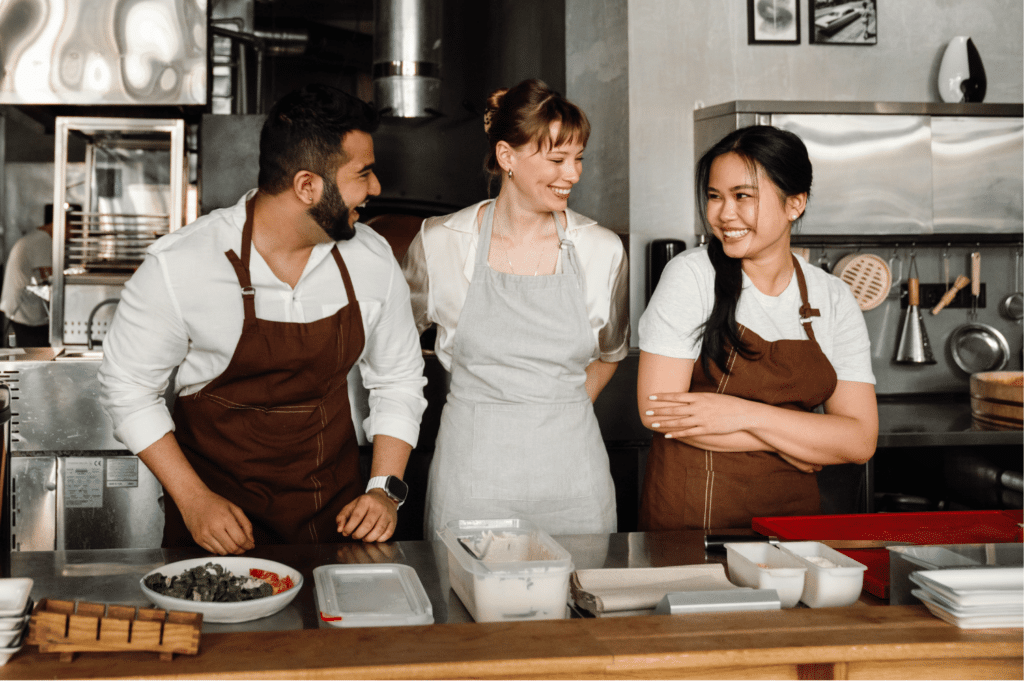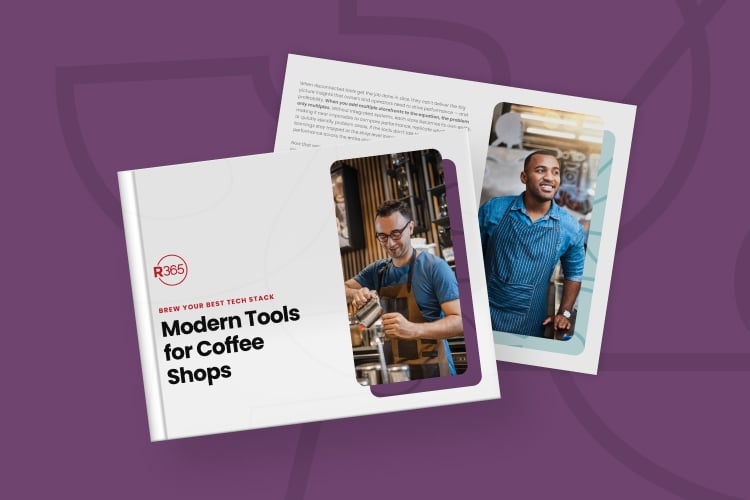What are restaurant reporting and analytics?
Data analytics is the science of analyzing raw data to make conclusions about what is happening in your business. For restaurants specifically, it is the process of transforming the data that you are already collecting in your POS into informative, educational insights that drive decision-making to boost efficiency and profitability.
How do restaurants use reporting and analytics?
Data analytics help a business optimize its performance, perform more efficiently, maximize profit, or make more strategic decisions.
What types of reporting and analytics should restaurants use?
According to Investopedia.com, there are four types of analytics that all businesses should use. All these analytics are crucial to the restaurant industry because they use customer data to figure out where a restaurant is doing well and where they could use some help.
- Descriptive analytics: This describes what has happened over a given period of time. Have the number of customers gone up? Are sales stronger this month than last?
- Diagnostic analytics: This focuses more on why something happened. This involves more diverse data inputs and a bit of hypothesizing. Did the weather affect beer sales? Did that latest dinner special impact sales?
- Predictive analytics: This moves to what is likely going to happen in the near term. What happened to sales the last time we had a convention in town? How conventions are planned for this year and when?
- Prescriptive analytics: This suggests a course of action. If a convention is planned on March 1st, then inventory and staffing will need to be increased to meet demand.
Why are restaurant reporting and analytics important?
Evaluating restaurant data from your restaurant financial reporting software can improve results from critical business decisions such as managing inventory, organizing scheduling, creating loyalty programs, and improving underperforming stores. These key areas can add profit to your bottom line and ensure you are running a streamlined, optimized business.
How can restaurant reporting and analytics increase profitability?
You may have an idea of what your “best” menu items are, but analytics can pinpoint the quantitative relationship between popularity and profitability for individual menu items. Understanding the analytics of your top-selling items, as well as your items with the highest profit margin, can help you make crucial decisions about which items to promote.
With the understanding of your menu’s top performers, you can better highlight your most profitable dishes in your marketing campaigns and encourage your staff to selectively sell. You can also use this data to increase sales on slow day-parts. For example, if you know appetizers are a big seller in the early evening, you can offer a happy hour special with a discount to get people to order on your slower days.
How can restaurant reporting and analytics help with scheduling?
Your restaurant operations reporting software can show a restaurant’s busiest and slowest periods for specific windows of time, broken down by hour, day-part, day of the week, or season. Your labor analytics help you adjust your staffing to match when your sales are the highest, or when you are at a low based on seasonal or unforeseen circumstances. By using analytics to help meet your average labor spend goal, you can run at the optimum despite sales fluctuations.
How can restaurant reporting and analytics help with forecasting?
Forecasting for your restaurant is one of the most powerful analytics tools you can use. Restaurant forecasting involves monitoring past sales to identify trends, and then leveraging that information to predict future sales. POS data integrated with your restaurant management software is especially important to forecast sales revenue, allowing you to adjust costs as needed and create strategies to meet your long-term business goals. By analyzing historical data about sales, for example, you can do everything from plan inventory to make smart decisions about labor hour allocation.
How can restaurant reporting and analytics reduce food waste?
If you’re not already analyzing your actual vs. theoretical (AvT) food costs to lower your cost of goods sold, reducing pre-consumer food waste is another valid reason. By examining your AvT food cost variance, you can learn the “why” of food waste, e.g., prep mistakes, kitchen portioning errors, server errors, etc. AvT can help you track where your biggest food waste is happening. Take a deep dive into the items that have the largest variance to find the cause of waste.
Conclusion
With the right technology tools, tracking and using your restaurant reporting and analytics tis the best way to improve your operations because they translate information you already have into the insights you need to grow your business for the long-term.
If you would like to be able to easily track data and gain insight into your operations, consider a comprehensive, restaurant-specific management solution. Restaurant365 incorporates restaurant accounting software and restaurant operations software into an all-in-one, cloud-based platform. It includes tools for inventory control, scheduling, fixed asset management and more.



